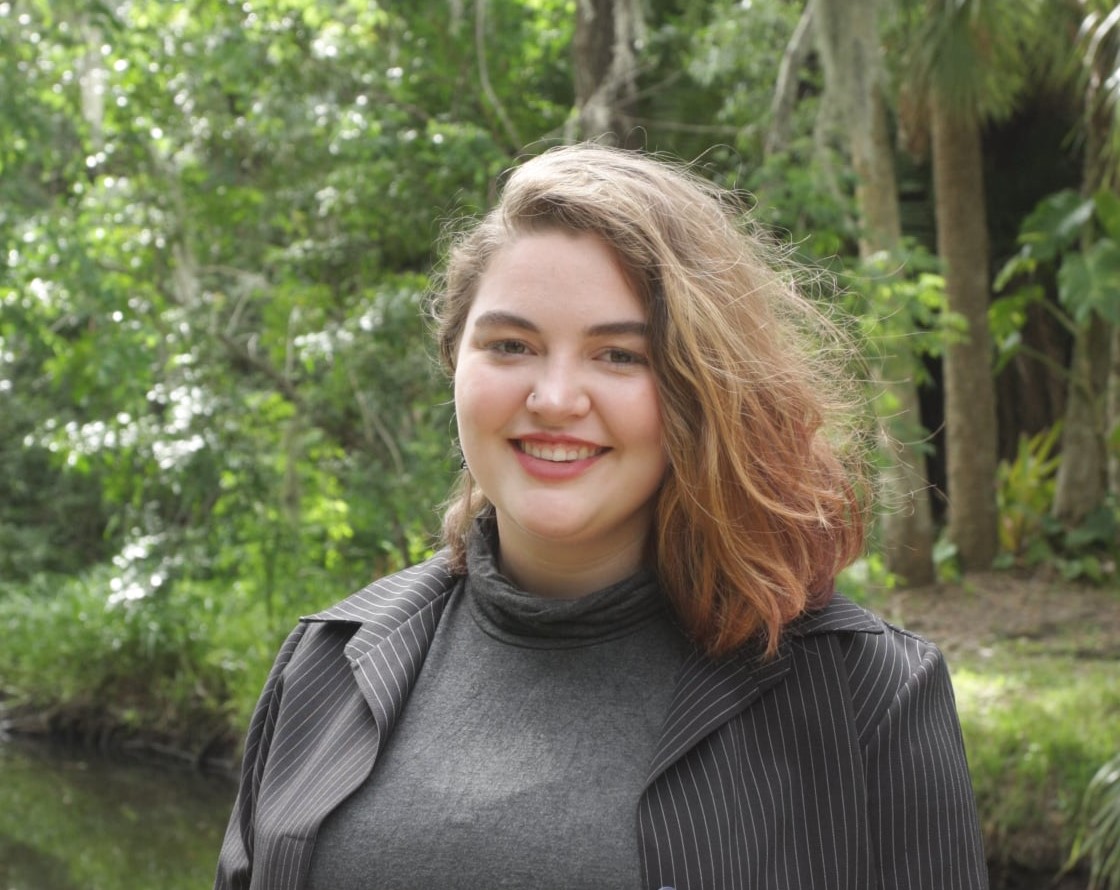Bioinformatics, Computational and Systems Biology
(A-7) Developing novel geospatial metrics to evaluate the tumor immune microenvironment

Camara L. Casson (she/her/hers)
Graduate Research Assistant
University of Florida
Gainesville, Florida, United States- GK
Gregory Kimmel
former Applied Postdoctoral Fellow
Moffitt Cancer Center and Research Institute, United States - PA
Philipp Altrock
Project Leader
Max Planck Institute for Evolutionary Biology, United States - BM
Brandon Manley
Associate Member Genitourinary Oncology
Moffitt Cancer Center and Research Institute, United States - MF
Meghan Ferrall-Fairbanks
Assistant Professor
University of Florida, United States
Presenting Author(s)
Co-Author(s)
Primary Investigator(s)
Materials and Methods:: To develop these novel metrics, we used digital image analysis to extract single-cell resolution data from multiplex immunohistochemistry images of at least two regions-of-interest from the tumor, stroma, and interface of tumors collected from 126 ccRCC patients. Immunohistochemistry was accessed to identify expression of immune cell markers: CD3, CD8, FOXP3, EGFR, TBET, CD68, CD163, PDL1, CD206, and CD20. The empirical distribution of cellular location of each marker was compared against a calculated random probability density function that assumed random distribution of cells where cells can exist anywhere without restriction. We then applied metrics from ecology and statistics to quantify cell type distributions (such as mean, median, variance) and underlying spatial relationships between cell types (such as Kolmogorov-Smirnov (KS) and Chebyshev (CBS) distances). These characteristics were then compared across 30 clinicopathological variables to assess if any of the metrics correlated with prognostic markers. Mann-Whitney tests were performed and statistical significance was determined at p-values below 0.05.
Results, Conclusions, and Discussions::
Our analysis among ccRCC patients revealed that metrics from ecology and statistics could be used to quantify the differences among a theoretical (random) distribution of intercellular distances and the empirical distributions of intercellular distances of immune and tumor cells in a tumor sample. Euclidean distances were calculated between all pairs of cells and the final distributions of those interdistances was then compared against the theoretical random distribution of two markers; then, the KS and CBS distances were calculated to quantify the difference between the theoretical and random distribution. For example, in CD68+CD20 comparison, which looked at the distances between monocytes and B-cells, higher grade tumors (Fig. 1A) and the presence of sarcomatoid pathology (Fig. 1B), which is indicative of a more aggressive tumor, demonstrated higher KS distance between the theoretical and empirical distribution. This suggests that the location of monocytes and B-cells in the tumor is not due to random chance, rather has a higher order structure (e.g., clustering) that may be exploited to determine who will have better response to immune-modulating therapies. Similar trends were also seen for higher grade (Fig. 1C) and sarcomatoid tumors (Fig. 1D) with the CBS distance. In investigating the interdistance between monocytes (CD68) and PD-L1 tumor cells, higher grade and sarcomatoid pathology tumors exhibited similar trends of increased KS (Fig. 1E-F) and CBS (Fig. 1G-H) distances. While the tests show that the differences between the observed distances (empirical distribution) and the theoretical random distributions are larger for higher grade tumors and sarcomatoid status, it is not yet clear if the observed distances indicate that these cells are more clustered or dispersed than expected and further analysis is looking into metric combinations to differentiate this aspect.
In conclusion, the results here support leveraging these metrics from ecology and statistics to gain insight into clinically relevant parameters of tumors due to their cellular TIME distributions and highlight the need for novel methods of investigation of the TIME. Ongoing work in investigating these cellular distributions with respect to notable into splice variants (e.g., FGD1 and RNASET2Beta) to identify indicators of pathogenesis and its effect on the microenvironment.
Acknowledgements (Optional): :
References (Optional): :
